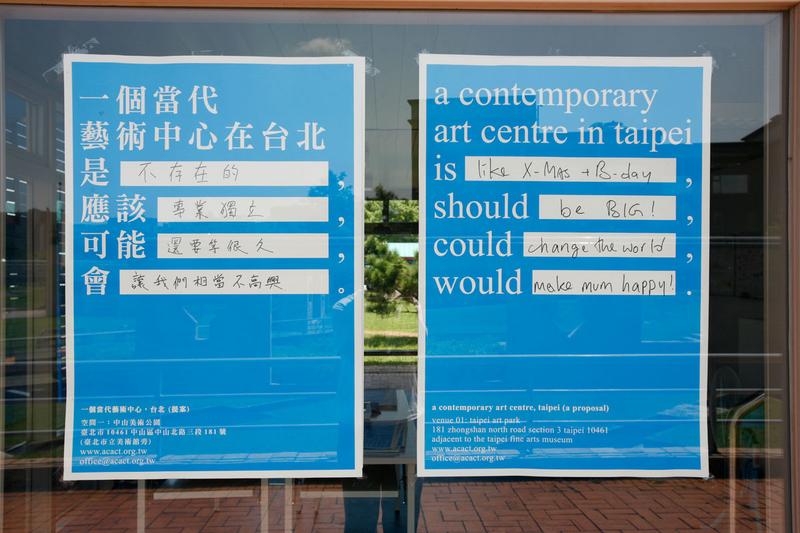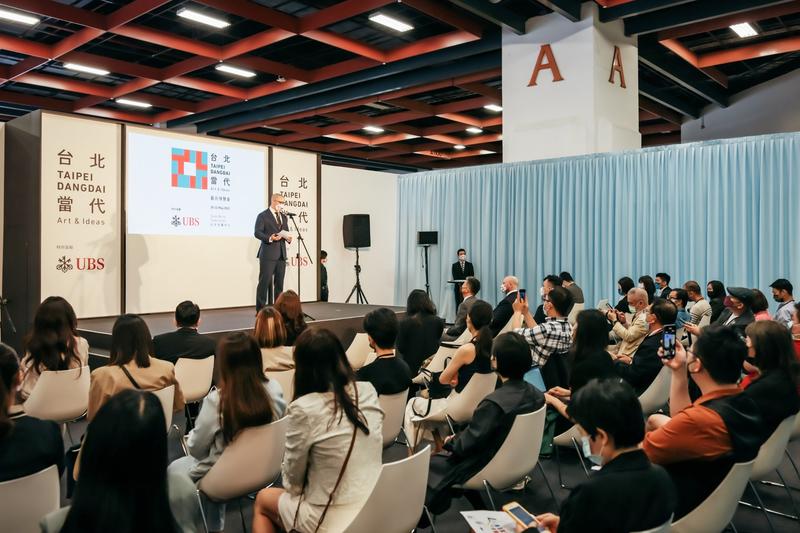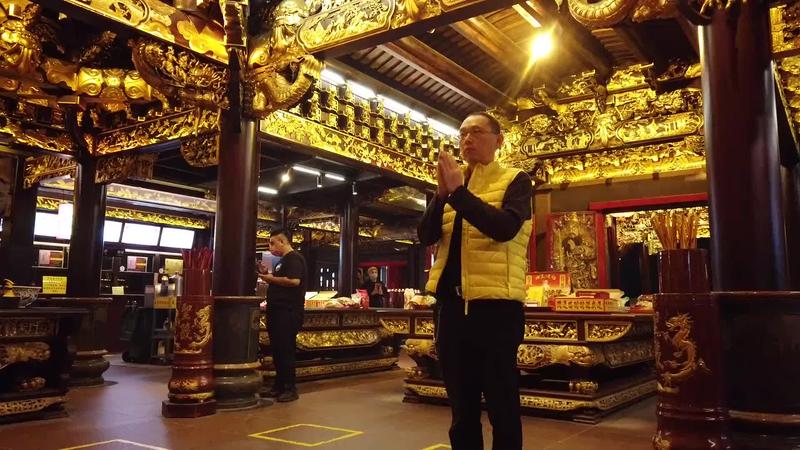Generative art is like a huge factory where the machines started talking back. As the computers got faster, the art got better. Now it’s like the art is making itself, and we’re just here to watch. — A Large Language Model
Instructions Beyond Code is an article I co-authored with an LLM for an exhibition at National Chengchi University. My brief was to encourage students to explore the new media of generative art and artificial intelligence. I made it a collaboration and dialog with an AI on the topic of computers and art, which I call a prompt-performance.
The article is shaped by the LLM’s own insights and limitations, and borrows and adapts many ideas from the sources listed at the end. The title comes from a line in Form+Code by Casey Raes and Chandler McWilliams: “we define form as visual and spatial structures; code is defined primarily as computer programs, but we extend the definition to include instructions beyond computer code.” The five design strategies, Repetition, Transformation, Parameterization, Visualization, and Simulation are lifted directly from their book.
The index of influences on generative art drawing a line from Cubism through Serial Art all the way to Demoscene is greatly compressed. The list of critical decisions for generative artists is a productive set of binary choices:
- Pixels vs Paint: digital or traditional media
- Screen vs Print: on a monitor or on paper
- Geometry vs Gesture: mechanical or human
- Long Form vs Short Form: random or curated
- Static vs Kinetic: still or moving
- Fixed vs Responsive: one size or many
- Software vs Hardware: virtual or embodied
- On-chain vs Off-chain: NFTs or bust
I chose work from seven artists that neatly illustrate some of these decisions: Aluan Wang, Graphyni, Hemilylan, Jun Yang, Lai Tsung-Yun, Liu Nai-Ting, and Natalie.J. Jun Yang’s “fill-in-the-blanks” poster series for the 2008 Taipei Biennial is a perfect example of a conceptual art as a set of “instructions beyond code.” It’s a “generative artwork” that is only fully realized by autonomous participants.

Jun Yang, a contemporary art center, taipei (a proposal) (2008)
Yang’s work was one of the catalysts of the contemporary independent art space movement in Taiwan in the past decade and a half. Today Distributed Autonomous Organizations are emerging as institutional alternatives for art production, collection, and exhibition. A DAO for the Arts is not an answer but an opening. So start generating your future!
My thanks to Huang Mu-Yi for commissioning the article and to Newyellow for his translation.
Illustration: Liu Nai-Ting
Source: artist.nccu.edu.tw
Filed under: Articles Blockchain Generative Art Featured
Christopher Adams is an art producer and computer programmer based in Taipei.



